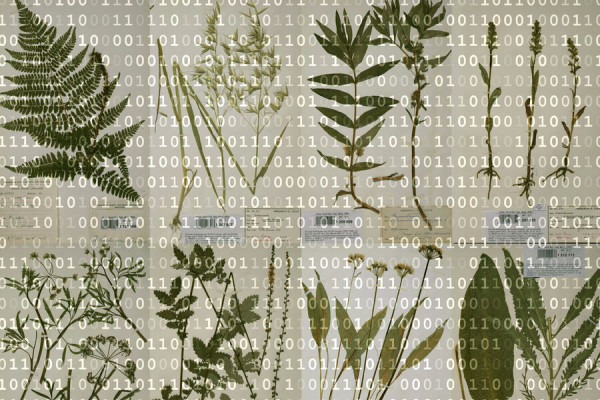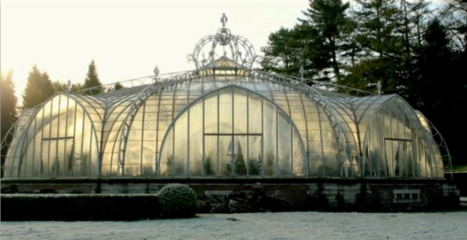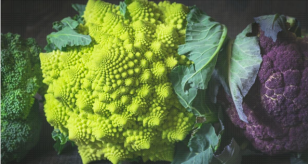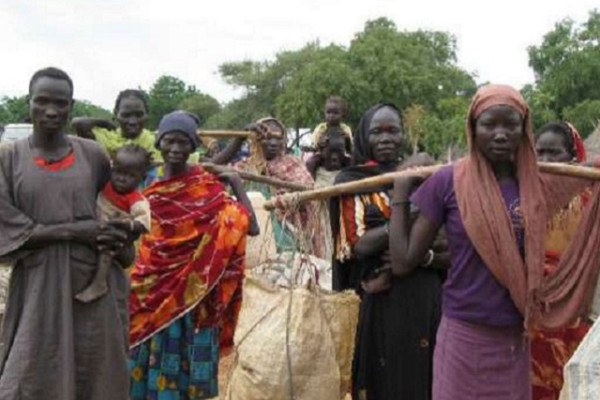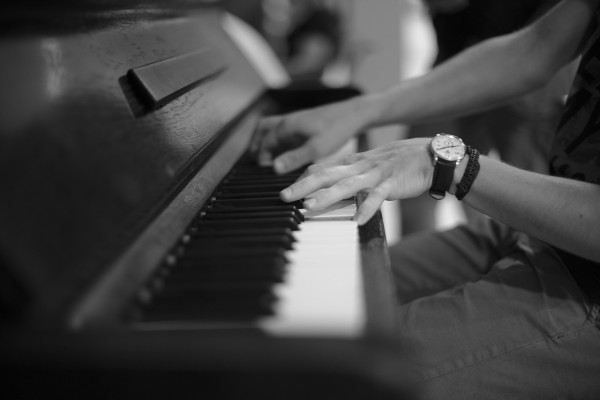The history of the Meise Botanic Garden dates back to 1796. Thus the institution is older than the kingdom of Belgium, and therefore they have an experience with plants of more than two centuries. The Botanic Garden comprises 92 hectares with a lot of historic buildings, including a castle with a tower from the 12th century.
One of the missions of the Botanic Garden is the study of plants and mushrooms. The activities of the scientists to map and study the diversity of plants, mushrooms and algae cover the whole world, from Antarctica to the rain forests of Congo. The scientific activity focuses on a correct and scientific identification of plant species. What are the characteristics of one species? How many species exist? How can we distinguish species from one another? Unless we find answers to these fundamental questions, no economic activity whatsoever based on plants and plant-derived products can be carried out. Knowing the scientific name of a species is the key to unlock all the information on that species. For example, a correct identification helps to distinguish poisonous species from related medicinal plants or to identify threatened species in need of protection.
Jutta Kleber will speak to us about plants in our daily life. This would be a talk about the enormous importance of plants for humans. There will be stories about the origin, cultural value and more of food plants, medicinal plants, textile plants etc. The research on crop wild relatives will also be discussed. She will show, where possible, plants and locations in Meise Botanic Garden, to illustrate her topics.
SHORT BIO JUTTA KLEBER
After obtaining a Master in African studies, a long time ago, Jutta worked as a teacher for almost 20 years. Following her growing interest in nature, environment and sustainability, she decided to combine a study in Nature and Environmental Studies at the Open Universiteit Nederland with her job as a teacher. In 2012, this opened for her the doors to her present job as an educator at the Meise Botanic Garden.
“In this job, I am lucky to combine several of my passions: teaching and education, and the wonderfully diverse world of plants and human culture. The shared history of humans and plants, from the beginning of mankind to our present days, is one of my favourite approaches to the world of plants.”
During the talk she will give some examples of how plants have been used and are still being used, throughout history and cultures.
Note: Content and images not intended for copyright infringement.
